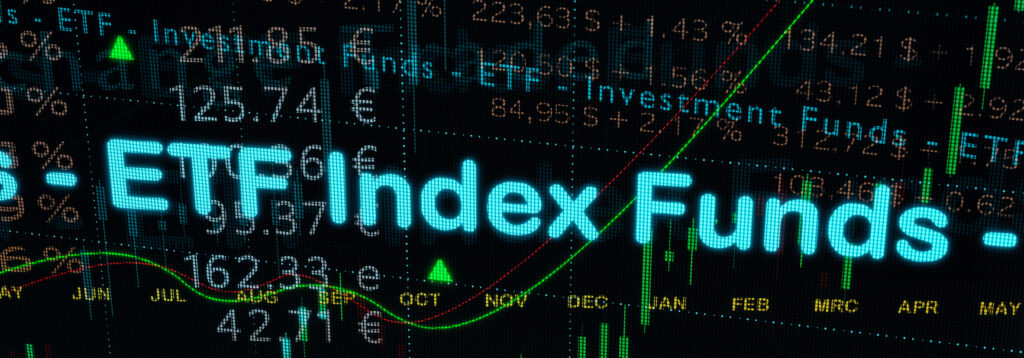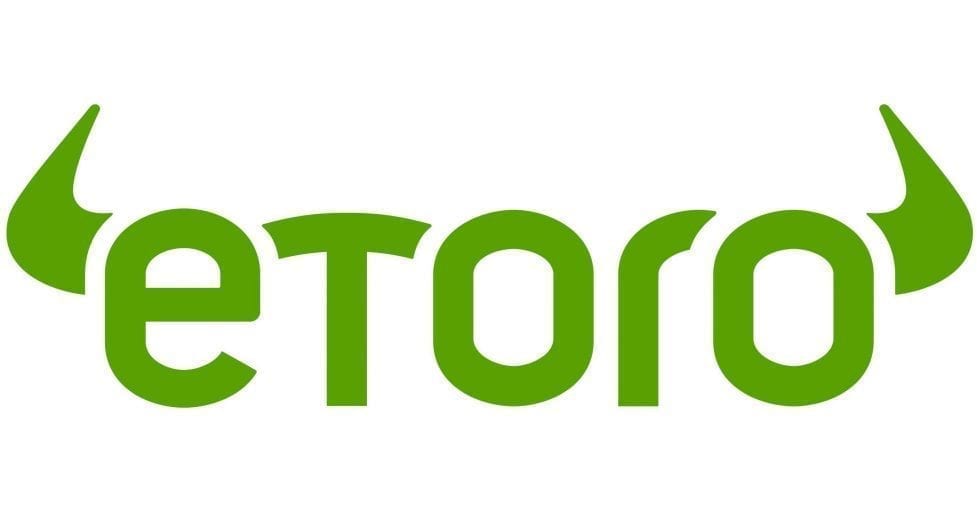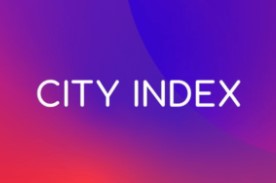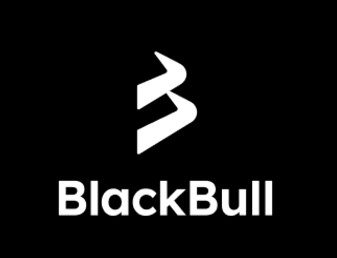Exchange Traded Funds (ETFs) first appeared in 1993 as an improved investment opportunity for investors looking for diversification offered by passive income investing following a market index, such as the US S&P 500. Prior to that time investors were limited to investing in Mutual Funds.
Mutual funds are bought and sold directly from the company managing the fund or from online or full-service brokers. While mutual funds offer the same diversification with index investing, ETFs offer significant advantages. Mutual funds can only be bought or sold at the end or the trading day, while ETFs trade like stocks and can be bought or sold anytime during the day. The price of a mutual fund does not change until trading ends while ETF prices fluctuate with the price of the index or the stocks within the fund. ETFs typically have lower fees associated with the fund.
The market for ETFs quickly expanded to mimic mutual funds that followed specific sectors, countries, bonds, or characteristics like dividend yields and high growth or value stocks.
With about 258 ETFs now available on the ASX investors now have diversified exposure to match individual preferences, including the top ten holdings in a specific ETF.
Top Australian Brokers
- Pepperstone - Trading education - Read our review
- IC Markets - Experienced and highly regulated - Read our review
- eToro - Social and copy trading platform - Read our review
From the wide variety of offerings, at the close of the first quarter of 2024 we selected some of the best ASX ETFs with diversified exposure to High Dividend Yields, Commodities and Energy & Technology. Now we update their performance at the beginning of the trading year 0f 2025.
Best Dividend ETFs
These ETFs have only dividend payers in the portfolio of holdings. There are differences in the selection of holdings. Here are two of the best dividend ETFs on the ASX.
Vanguard Australian Shares High Dividend Yield (ASX: VHY)
VHY is the largest high dividend yield ETF on the ASX, making liquidity one of the funds advantages, along with low cost and portfolio selection. VHY tracks the FTSE Australia High Dividend Yield Index but is selective on component stocks it includes.
Vanguard’s selection criteria focus on forecasted, not historical, dividend yields. To minimise risk VHY does not allow more than forty percent of holdings from one industry. The top ten holdings from the total of around seventy are available on the Vanguard website, and include all four of Australia’s big four banks, BHP, RIO, Telstra, and Macquarie.
The VHY has been on the /ASX since 2011. Tithe share price has risen 22.1% since its quick recovery following the initial downtrend at the start of the COVID 19 Pandemic. The ASX website lists the fund’s annual yield at 5.81%, up from 4.4% going into the close of the first quarter of 2024.
Source: ASX 29 January 2025
The fund’s gross returns and total returns closely match the performance of its benchmark index.
VHY total returns per annum since inception:
Source: Vanguard Website
The following table summarises total return performance over 1 year, 3 year, 5 year, 10 year and since inception in 2011.
Source: Vanguard Website
SPDR MSCI Australia Select High Dividend Yield Fund (ASX: SYI)
SYI has only 32 holdings in its portfolio, tracking a different index – the MSCI Australia Select High Dividend Yield Index.
In contrast to VHY, the SYI focuses on stocks paying higher dividend yields than the broader market, fully franked. Liquidity is a major advantage of ETFs, so SYI merits a place on the best dividend ETFs on the ASX as the second largest at $436 million in assets under management compared to $4.3 billion at VHY.
The fund listed on the ASX in 2010, In the five year period since the onset of the COVID 19 Pandemic, the share price is essentially flat, down 0.53%.. The fund’s annual yield dropped to 4.4%, down from 4.86% at the close of the first quarter of 2024.

Source: ASX 29 January 2025
The following graph charts the fund’s total return performance against its benchmark index, trailing the index throughout.

Source: SPDR Website
The following table looks at the fund’s distribution return., growth return, and total return since inception, as of 31 December of 2024.
SYI Total Return per annum Since Inception
Source: SPDR Website
The fund listed on the ASX with the share price rising 16.2%. The ASX website lists the fund’s Annual Yield at 4.86%.
Best Commodities ETFs
Commodities are a good hedge against inflation as the price of the commodity will rise with market conditions, but commodities ETFs pose a challenge for investors. Since some commodities, like oil, are priced independently of the oil-producing sector, the ETF industry introduced “synthetic” ETFs where the ETF deals in derivative or futures contracts rather than taking physical possession of the commodity, which would be impractical in most cases. For retail investors, some analysts recommend commodity ETFS on the ASX that invest in the stocks of commodity producing companies.
Global X Battery Tech & Lithium ETF (ASX:ACDC)
This is one of the few commodities ETFs on the ASX to include exposure to Aussie commodity producers. ACDC’s portfolio is a mixed bag of electro-chemical storage technology , electric vehicle, and battery manufacturers, and some of the three biggest lithium miners on the ASX Pilbara Minerals (PLS), and Mineral Resources es (ASX: MIN).
The benchmark index is the Solactive Battery Value-Chain Index. ACDC has twenty-nine companies in its portfolio, including well known names like BMW, Nissan, Panasonic, LG, and Tesla.
ACDC was listed on the ASX in 2018 with the share price up 80% since listing. The ASX website lists the fund’s annual yield at 6.69%.

Source: ASX: 29 January 2025
The following table looks at the fund’s total returns over multiple time periods since inception, with performance marginally trailing its benchmark index.
ACDC Total Return Performance Table

Source: GLOBAL X Website
BetaShares Global Agriculture ETF (ASX: FOOD) Currency Hedged
Changes in the world’s agricultural sector are considered mega-trends. Australia lacks food producers global in scope, with the exception of agricultural chemical companies. The FOOD ETF tracks the Nasdaq Global ex-Australia Agriculture Companies Hedged AUD Index and includes the many of the world’s largest agricultural producers, manufacturers, and chemical companies.
FOOD’s assets under management dropped from $82.04 million dollars in assets to $62.9 million as of 29 January of 2025. . The portfolio includes US based Archer Daniels Midland, along with blue chip agricultural suppliers like John Deere.
Hedging in mega-global ETFs giving Aussie investors access to the world’s biggest and best companies ensures fluctuation in their investment comes from the stocks in the portfolio, not the strength or weakness of the US dollar.
FOOD listed in January of 2016, appreciating 33.3% since listing.

Source: ASX 29 January 2025
BetaShares provides an example of ETF’s subject to downturns in a sector. However, generally speaking, ETFs are meant for the long haul. Here are FOOD’s total returns over time.
Food Total Returns

Source: Betashares Website
The following graph shows the fund returning 158.7% as of 28 January of 2025.

Source: Betashares Website
Best Energy ETFs
Since early man learned to produce fire, energy sources have grown and today are responsible for the modern economy as we know it. ETFs in this sector allow Aussie investors to get instant exposure to dozens of the best energy companies in the world.
BetaShares Global Energy Companies ETF (ASX: FUEL) – Currency Hedged
FUEL is an example of an ETF whose stock price has benefited from the oil supply issues but may not qualify as a best buy over the long term, given the coming reported boom in EV sales. However, the global oil powerhouse companies are maintaining their focus on fossil fuels, with some now cutting back on earlier plants to expand into renewable energy. The world is highly unlikely to get along without petroleum-based products.
The COVID pandemic and subsequent lockdowns, border closures, and work at home environment weighed heavily on the fund, as even the largest oil companies faltered. Then came inflation, high interest rates, recession fears, and war. The stock price is still up 25.4since listing in 2016. The ASX website has the Annual Yield as of 29 January at 3.93%, down from 4.65% at the end of the first quarter of 2024.
Source: ASX 29 January 2025
Like FOOD, the FUEL ETF tracks the performance of the world’s largest oil companies outside Australia, hedging to protect Australian investors from fluctuations in the value of the AUD.
The index includes the following – ExxonMobil (NYSE: EOM) Chevron (NYSE: CVX) and Shell Oil (NYSE: SHEL), and
In addition to size, these global behemoths are more diversified geographically and control more operations in the petroleum supply chain.
FUEL”s benchmark index is the Nasdaq Global ex-Australia Energy Hedged AUD Index Nasdaq Global ex-Australia Energy Hedged AUD Index. The fund has consistently underperformed its benchmark
FUEL Total Return Since Inception

Source: Betashares Website 31 December 2024
The following graph shows FUEL’s total returns up 163.3% since listing.

Source: Betashares Website 28 January 2025
VanEck Global Clean Energy ETF (ASX: CLNE)
Companies and governments around the world are focusing on clean energy for the future. The CLNE ETF is a passive fund, meaning that it tracks the performance of all thirty of the stocks in the S&P Global Clean Energy Select Index, although not all are equally weighted.
Companies include direct producers of clean energy along with clean energy technology and equipment companies. New Zealand’s Meridian Energy and Contact Energy along with Denmark’s Vestas Wind Systems are among the top ten holdings.
CLNE listed on the ASX in March of 2021 with the share price dropping 52.3% since listing.

Source: ASX 29 January 2025
The following table shows the funds income return, total return, and benchmark return
CLNE Total Return per Annum Since Inception

Source: VanEck Website
The ASX website shows the year over year annual return for CCLNE at 2.07%. ETFs are geared for the long term, and CLNE is included as a best ASX energy ETF by virtue of its potential growth in a market gaining increased attention.
Don’t Buy Just Yet
You will want to see this before you make any decisions.
Before you decide which shares to add to your portfolio you might want to take a look at this special report we recently published.
Our experts picked out The 5 best ASX shares to buy in 2025.
We’re giving away this valuable research for FREE.
Click below to secure your copy
Best Technology ETFs
The technology sector has delivered astounding innovations for decades. The ASX does not lack candidates for best buys in Energy ETFs.
BetaShares NASDAQ 100 ETF (NDQ)
The US NASDAQ index is home to many of the world’s largest and most innovative technology companies
The NDQ includes the top 100 companies in the NASDAQ — the NASDAQ 100 Index. The top three holdings are Microsoft, Apple, and Amazon.
Listing in 2015, the share price has appreciated 394.8% since listing, despite the tech slowdown in 2022. and beyond into 2023.

Source: ASX 29 January 2025
Factoring distributions into the total return, NDQ has rewarded its day one investors with total returns of share price appreciation and distributions of more than 600% since listing.

Source: Betashares Website
Here are NDQ’a Total Returns Over Time Since Listing:

Source: Betashares Website
BetaShares Asia Technology Tigers ETF (ASIA)
ASIA is another ETF that includes the entire components of an index — the Solactive Asia Ex-Japan Technology & Internet Tigers Index.
The index focuses on Asian technology companies, including online retailers and communications companies. Japanese companies are not included. Holdings are weighted with the top holding going to Taiwan Semiconductor, followed by Tencent Holdings, Alibaba Group, and Samsung.
The fund came on the ASX in 2018 with the share price beginning to rise as the COVID pandemic hit. The price still rose to hit an all-time high in early 2021 before being crushed by the global technology selloff. The share price began a slow recovery in mid-2023, now up 71% since listing.

Source: ASX 9 January 2025
Since listing total returns have yet to beat the fund’s benchmark index.

Source: Betashares Website
Including funds distributions, total returns for ASIA shareholders amount to 192.679.
Source: Betashares Website
For investors who want to follow the expert advice to diversify their holdings but do not have the time nor the temperament to pick their own stocks, ETFs provide an alternative to stock picking.
ETFs differ from mutual funds, which also enable diversification, in significant ways. The most important difference may be liquidity. The purchase price of an ETF varies during the day based on the fluctuations of the stocks in its portfolio. As such, they can be bought and sold at any time during the day from any online or full-service broker. Mutual funds cannot be bought or sold while the market is open.
There are ETS that track whole indices, like the S&P 500, and there are ETFs targeted to specific sectors, countries, bonds, dividend payers and more.
FAQs
What Are ETFs?
Exchange Traded Funds (ETFs) first appeared in 1993 as an alternative to mutual funds. Mutual funds can only be traded at the end of the day whereas ETFs can be traded throughout the day the same as stocks can. There are around 258 ETFs available on the ASX covering a wide range of markets.
How to Invest in ETFs in Australia
To invest in ETFs you will need to open an account with a regulated Australian broker. Many brokers offer commission-free trading on stocks and ETFs. Once you have your broker account you will need to research the various ETFs available and decide which ones meet your needs.
How Many ETFs Should I Invest In?
Many experts agree that between 5-10 ETFs is enough for most investors to diversify their portfolios. However, rather than the total number of ETFs, it is better to consider instead which sectors those ETFs provide exposure to.












